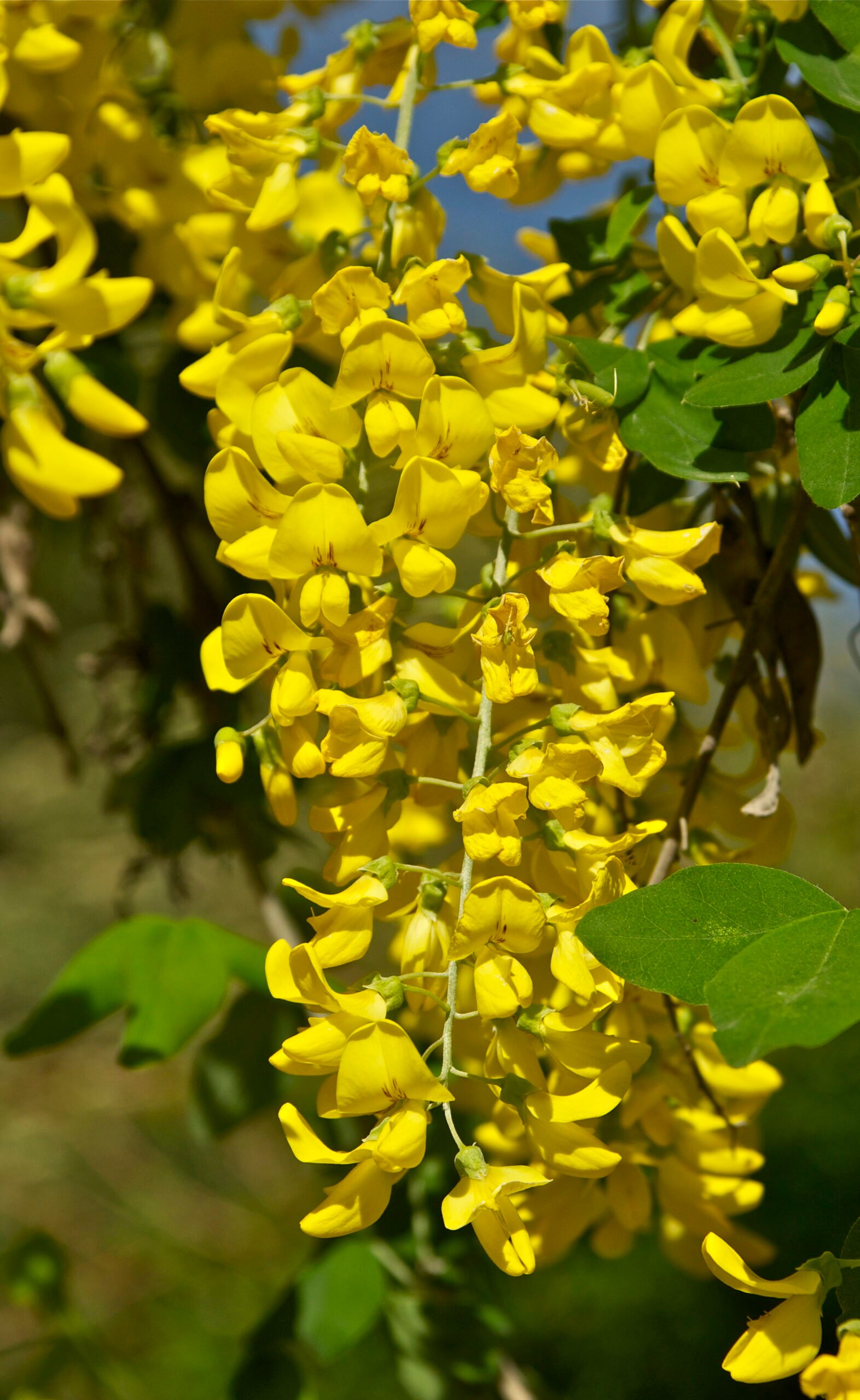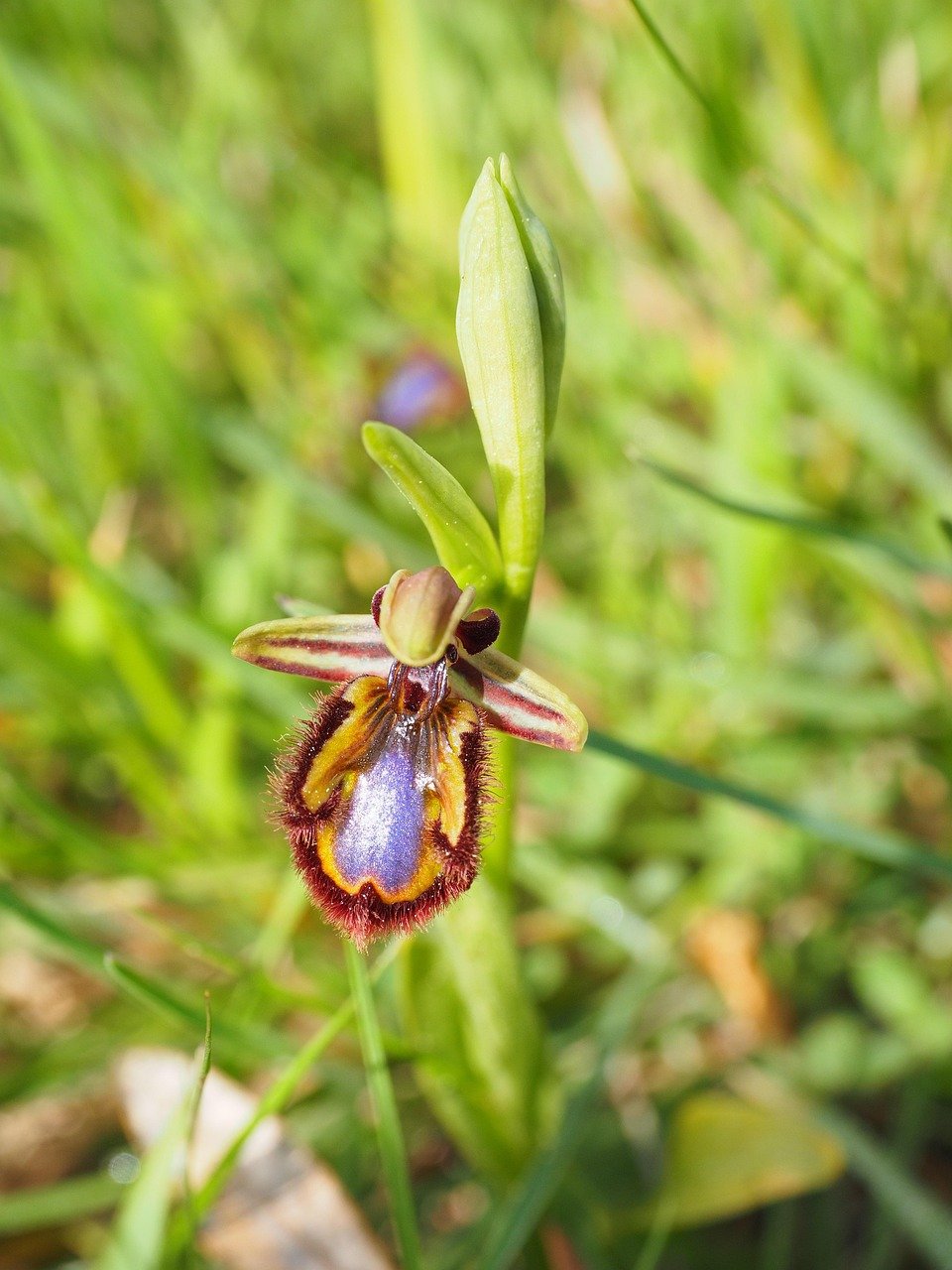Plants, the silent sentinels of nature, have evolved extraordinary strategies to protect themselves from the multitude of herbivores eager to feast on their lush foliage. While they can’t run away or hide, plants have developed an arsenal of defenses that are as ingenious as they are varied. These defenses range from chemical warfare to physical barriers, showcasing the remarkable adaptability and intelligence of nature. Dive into the fascinating world of plant defense mechanisms and uncover the secrets behind their survival tactics.
Thorny Fortresses: The Physical Barriers
One of the most visible ways plants deter predators is through physical barriers. Thorns, spines, and prickles are commonplace among plants like roses and cacti. These sharp defenses serve as a formidable deterrent to herbivores looking for an easy meal. Imagine a fortress surrounded by a moat filled with spikes; that’s essentially what these plants create. The pain and potential injury that these structures can inflict make even the most determined predator think twice before attempting a nibble. In the wild, survival often means using whatever tools are at one’s disposal, and for plants, these physical deterrents are as effective as they come.
Chemical Warfare: Toxic Tactics

Plants have become master chemists in their fight for survival. Many have evolved the ability to produce toxic compounds that can make them unpalatable or even deadly to predators. Milkweed, for instance, contains cardiac glycosides, which can be lethal to most animals if consumed in large quantities. The mere presence of these chemicals can deter a vast array of herbivores from taking a bite. These toxins can also affect the nervous system, digestive processes, or even lead to the predator’s death, ensuring the plant’s survival against odds. It’s a silent but powerful form of defense that highlights the complexity of plant survival strategies.
Camouflage: Blending with the Environment
In the dense foliage of a forest, blending in can be a plant’s best defense. Many plants have adapted to their surroundings by developing colors, patterns, and textures that help them merge seamlessly with the environment. This camouflage makes them less conspicuous to herbivores that rely on sight to locate their next meal. Just like a chameleon changes its color to avoid predators, plants use their natural ability to disguise themselves, reducing the likelihood of being eaten. This strategy is particularly effective in areas where predators are abundant and resources are scarce.
Mutualistic Relationships: Teaming Up with Allies
Some plants have developed symbiotic relationships with other organisms to aid in their defense. Acacia trees, for example, have formed a mutualistic relationship with ants. These trees provide the ants with shelter and food in the form of nectar, while the ants protect the tree by attacking any herbivores that attempt to feed on the leaves. It’s a win-win situation where both parties benefit, and the plant gains an army of defenders ready to fend off any would-be predators. These alliances showcase the interconnectedness of ecosystems and the diverse strategies plants use to thrive.
Releasing Repellents: Scented Shields
Plants often emit volatile organic compounds that serve as repellents to deter herbivores. These compounds can be likened to a natural perfume that sends a clear message to potential predators: “Stay away!” The smell can be unpleasant or even harmful to herbivores, effectively discouraging them from approaching. For instance, the strong aroma of garlic and onions acts as a natural repellent to many insects and animals. This olfactory defense mechanism is a testament to the plant’s ability to communicate with its environment in subtle yet effective ways.
Induced Defenses: The Power of Adaptability
Some plants have the ability to ramp up their defenses in response to an attack. This is known as an induced defense mechanism. When a plant detects damage, it can increase the production of defensive chemicals or fortify its physical barriers in response. This adaptability ensures that the plant can tailor its defenses to the specific threat it faces. It’s akin to a city reinforcing its walls and armaments when under siege, showcasing the dynamic nature of plant defenses and their ability to respond to ever-changing threats.
Mimicry: Deceptive Appearances

Mimicry is another fascinating strategy employed by plants to protect themselves. Some plants have evolved to resemble other organisms or objects that are less palatable or dangerous to predators. For example, some orchids mimic the appearance of toxic plants to deter herbivores. This clever ruse tricks predators into believing that the plant poses a potential threat, thereby avoiding it altogether. Mimicry is a brilliant example of how plants use deception as a survival tactic, demonstrating the intricate dance of evolution and adaptation.
Sequestering Nutrients: Making Meals Less Appealing
Plants can also defend themselves by sequestering essential nutrients, making them less nutritious and appealing to herbivores. By reducing the availability of vital nutrients like nitrogen and phosphorus, plants can discourage predators from consuming them. This tactic ensures that even if a herbivore does decide to snack on the plant, it gains little nutritional benefit from it. It’s a subtle yet effective way to ensure survival, as a hungry predator will eventually move on in search of more rewarding meals.
In the intricate web of life, plants have mastered the art of defense, showcasing a vast array of strategies to ensure their survival. Each method, whether through physical barriers, chemical warfare, or clever mimicry, highlights the incredible adaptability and resilience of plants in the face of adversity. These defense mechanisms not only demonstrate the complexity of plant life but also serve as a reminder of the delicate balance within ecosystems.



